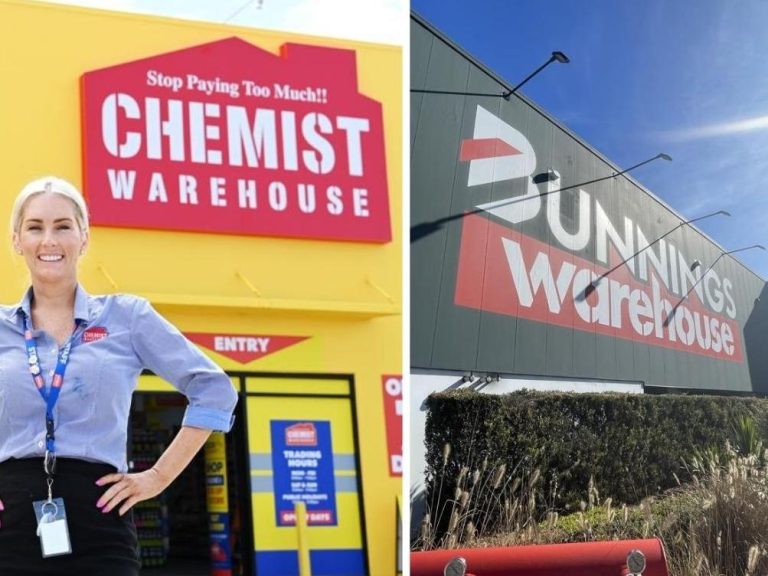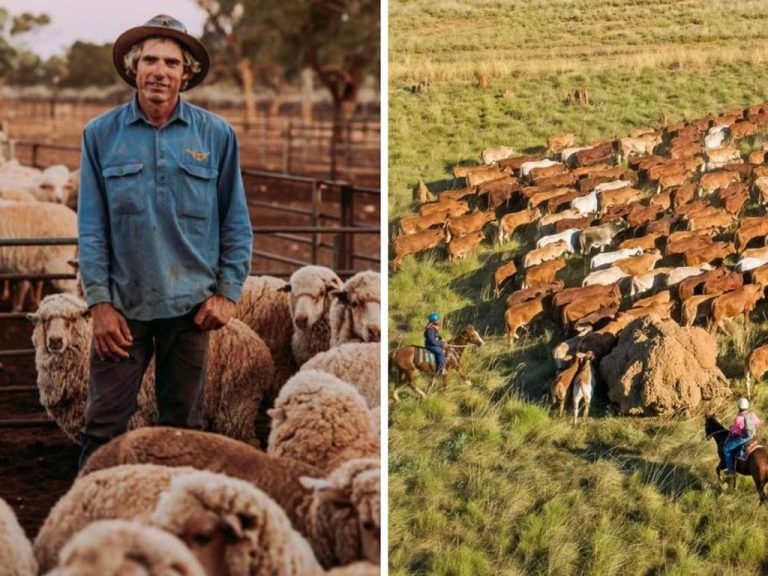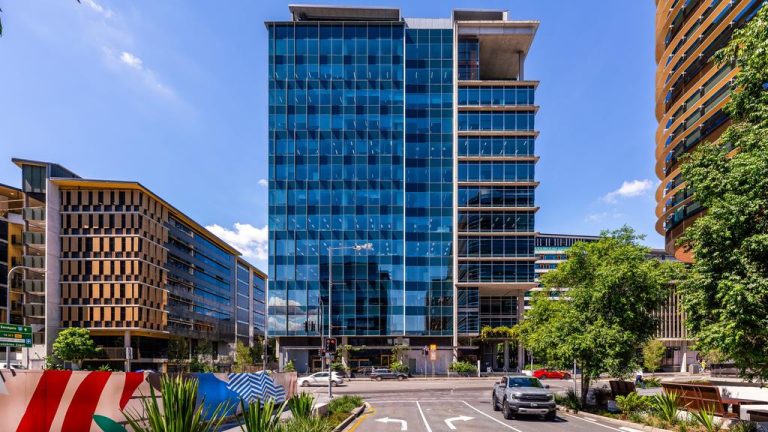Aussie commercial property sales rebound as interest rates fall
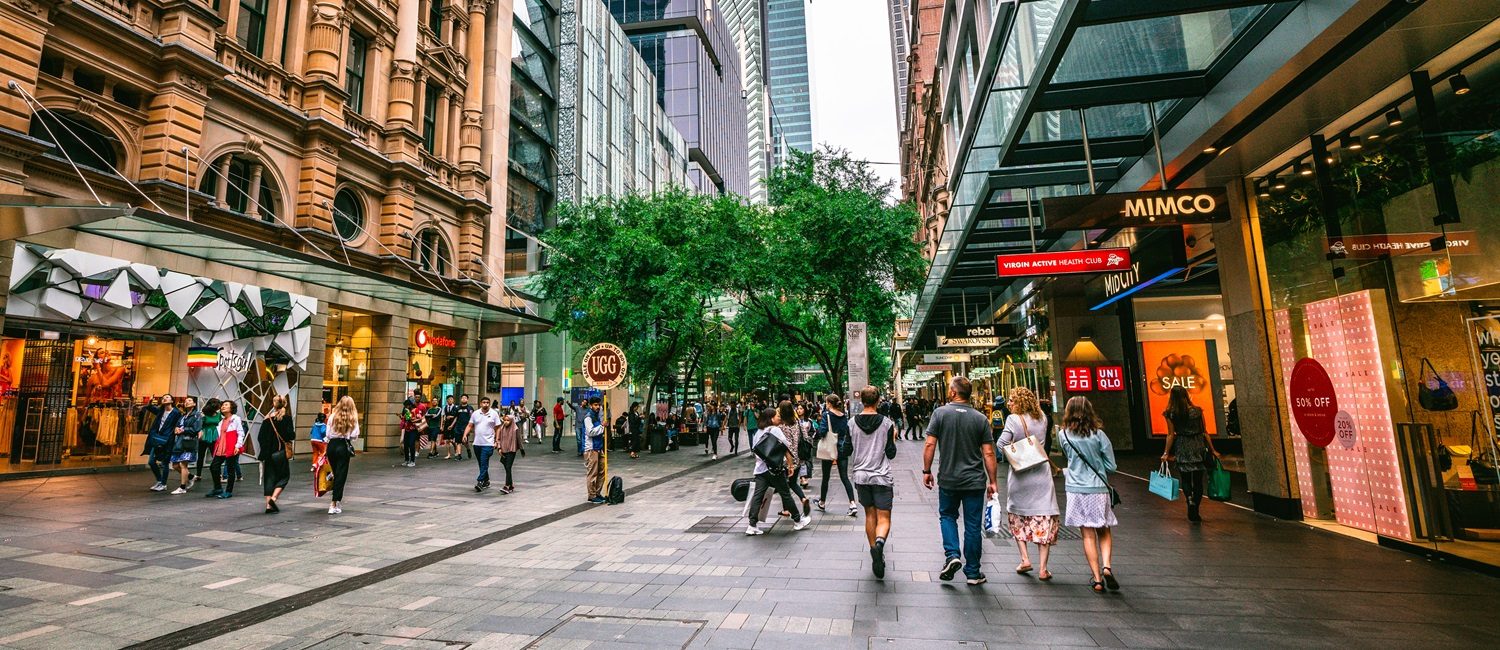
After a challenging couple of years marked by high interest rates and cautious investor sentiment, Australia’s commercial property market is showing signs of recovery.
Sales volumes totalled $8.9 billion over the March quarter, up 68% from the same time last year, according to MSCI Real Capital Analytics. This was the highest first quarter result seen since 2022, when the market last peaked.
From mid-2022 onwards, the rapid escalation in interest rates caused commercial values to slowly and steadily erode. But there are clear signals we’ve hit and moved past the bottom of the cycle.
Since interest rates were cut in February, every commercial asset type has seen yields compress. And with rates moving lower in May, and further cuts expected later this year, yields likely have further to fall.
While overall transaction activity was subdued in 2024, interest from investors has been rising. Searches and enquiries to buy property on realcommercial.com.au rose over the course of 2024, and this is now translating to an increase in deals.
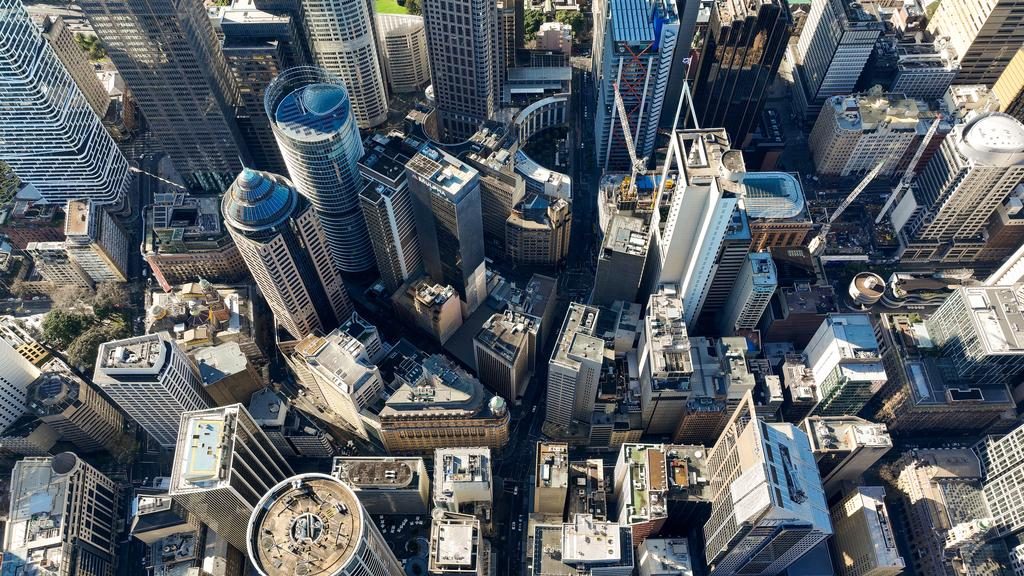
The number of properties hitting the market has also increased, with every asset type except for offices seeing a rise in sales listings year-on-year. Picture: Getty
This year, those investors who had been waiting in the wings for prices to finish correcting, are starting to re-emerge. Enquiries to buy have also continued to rise, hitting a three year high in April.
The number of properties hitting the market has also increased, with every asset type bar office seeing a rise in sales listings year-on-year.
This growth in sales stands in stark contrast to broader regional trends. Across Asia Pacific, commercial sales volumes were down 18% comparing the March 2025 and 2024 quarters, according to MSCI Real Capital Analytics.
Offshore investors are contributing to Australia’s recovery, accounting for around 35% of sales volumes over the first quarter, which is broadly in line with pre-pandemic levels.
Interestingly – though perhaps unsurprisingly given the economic and political turmoil unfolding in the US – North American investors were a major driver of offshore activity, accounting for $2.3 billion of sales.
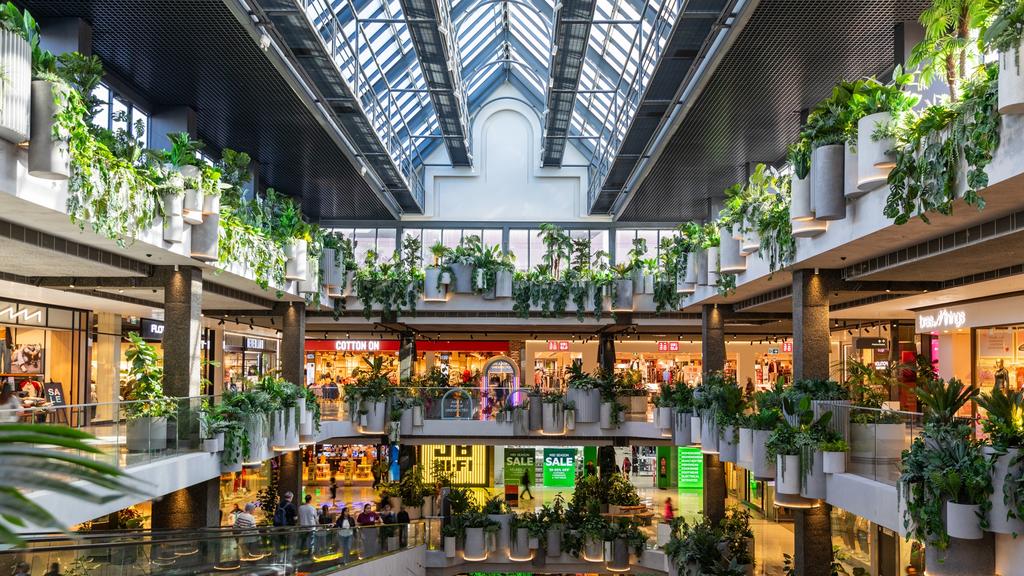
The Westpoint Shopping Centre in Blacktown sold for $$870 million. Picture: Supplied
This included Australia’s largest ever retail transaction – QIC’s sale of Westpoint Shopping Centre in Blacktown. Purchased by Haben Property Fund and US investment group Hines, the centre settled in January for $870 million.
Shopping centres have grown in popularity over the past year and have been a key contributor to the growth in deal volumes. Other notable transactions include Nikos Property Group acquiring a 50% stake in Northland Shopping Centre in Preston for $385 million, and GPT securing 50% interests in both Cockburn Gateway Shopping City ($300 million) and Belmont Forum ($191 million).
Typically, the first quarter of the year is the slowest for deal activity. But this year’s strong start, along with improving prospects for capital growth and lower funding costs, could bolster activity throughout the rest of the year.

